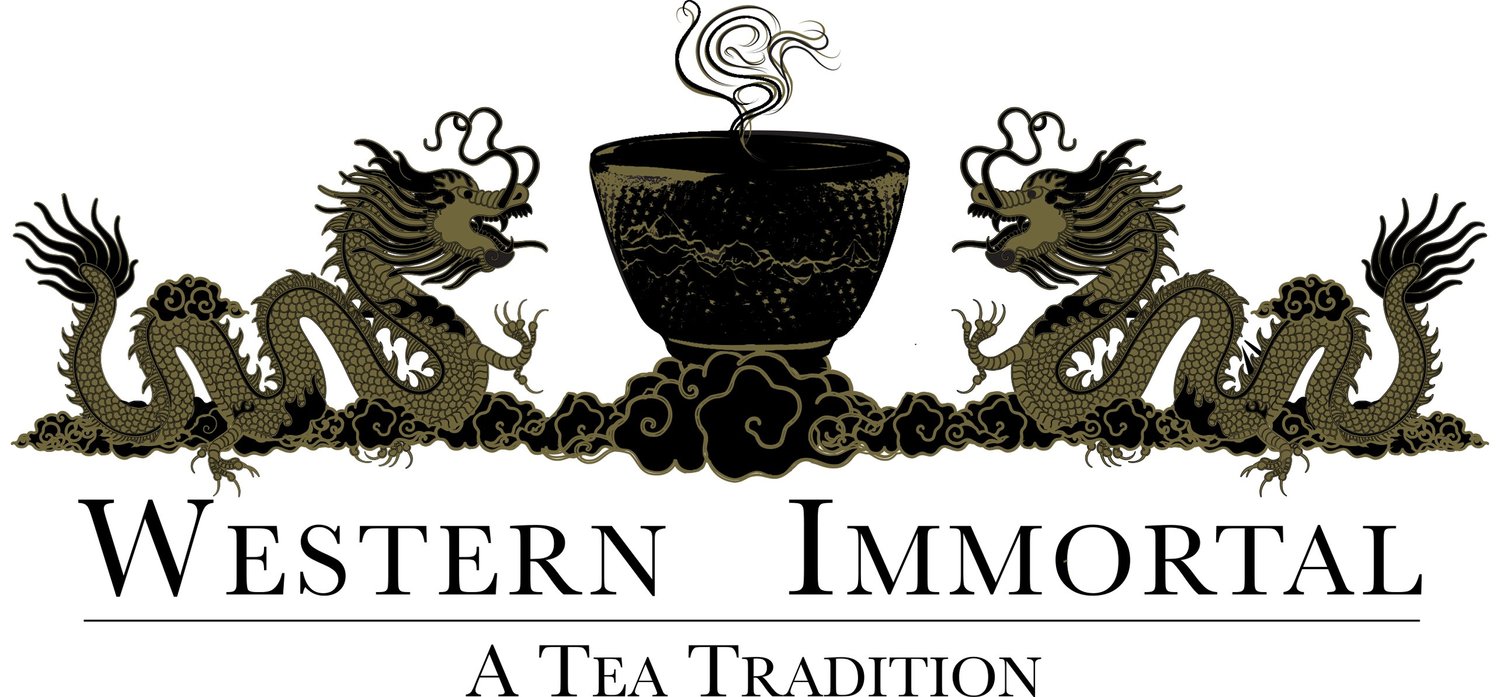Dragons, Tea, and Transformation
Yinglong, The Classic of Mountains and Seas
Dragons and tea have both held a prominent place in East Asian cultures, perhaps since their inception. Tea’s pedigree may seem obvious, but why would a fantasy creature share such an important position? Why is this mythical beast so revered, and why does it show up in so many aspects of traditional East Asian cultures, including tea?
How dragons are thought of in the east differs quite drastically from their kind of “death and destruction” aura in the west (to put it kindly). Conversely, in China, dragons are viewed with reverence, having often been associated with majestic, perhaps even celestial power and transformation of energy. This transformative power could be witnessed on a personal level or in the external environment. In ancient times, a common example of events where dragons were said to be involved was the weather, where a rainstorm might often be attributed to a dragon’s flight. Ancient wise men or monks were said to lure dragons out when rain was needed or pacify dragons to calm torrential storms. The Classic of Mountains and Seas and other ancient texts describe a dragon named Yinglong (responding dragon), who was responsible for influencing weather in various ways.
Rare imperial fabric featuring nine five-clawed Kesi silk dragons chasing a flaming pearl, Kangxi period
Numerous other examples of dragons exist in ancient Chinese culture. A dragon was said by some to be involved in the creation of the earth and animals. The ancient emperors took up dragons as their symbol, some even claiming to be descended from dragons. Marco Polo wrote about witnessing strange dragon-like creatures, and there are other similar accounts strewn throughout history, the legitimacy of which is hard to ascertain. Unearthed dinosaur bones are called “dragon bones” and are used as remedies in Chinese medicine. These are just a few examples. Some legends say dragons might even show up (perhaps they did not always mean in a physical sense) during an important birth, while practicing kung fu, while practicing meditation, or even while preparing and drinking tea!
Dragon Well, Longjing Village, Hangzhou China
Sometimes, the stories of dragons and tea are so intertwined that specific teas are attributed to them. This can be seen quite clearly in the case of Dragonwell (Longjing). The small village where this tea originated experienced a drought, and the village’s well was barren. Summoned by a monk, a dragon came, and its tears filled the well up to the top, saving the village from the drought. The water drawn from the well, now imbued with the dragon’s energy, was used in the village’s tea production. Once the tea producers saw the new tea, they said the leaves resembled “dragon scales.” They no doubt made the connection with the “dragon tears” water they had used when growing the tea.
Oolong tea is commonly said by some to be “Wulong” or “black dragon” tea, possibly referencing the shape and color of oolong tea leaves. Some ball or pearl teas are even referred to as “dragon ball” and “dragon pearl” teas. Dragon elements can often be seen directly in the tea preparation process. The first steam coming from the water one boils for tea is called “dragon vapor.” The steam is said to contain the qi of the water.
The dragon’s association with certain kinds of transformations, like the one seen around the phase change of water from liquid to steam, might speak to some of the dragon’s impact on changes and transformations in our own mental and energetic states while partaking in the preparation and drinking of tea. The power of the dragon is the power of transformation and phase change and is present when we prepare and drink tea. This might hint at the “secret alchemy” the ancient sages spoke about that was associated with tea and other cultivation arts where dragons were said to be involved. The history of the tea tradition can certainly provide innumerable examples where people have been transformed, whether large or small transformations, through a single cup or experience with tea, whether alone, with others, or with a tea master. These experiences can still happen today!
Western Immortal’s Tea Dragon
by Dr. Niko Olympiadis




